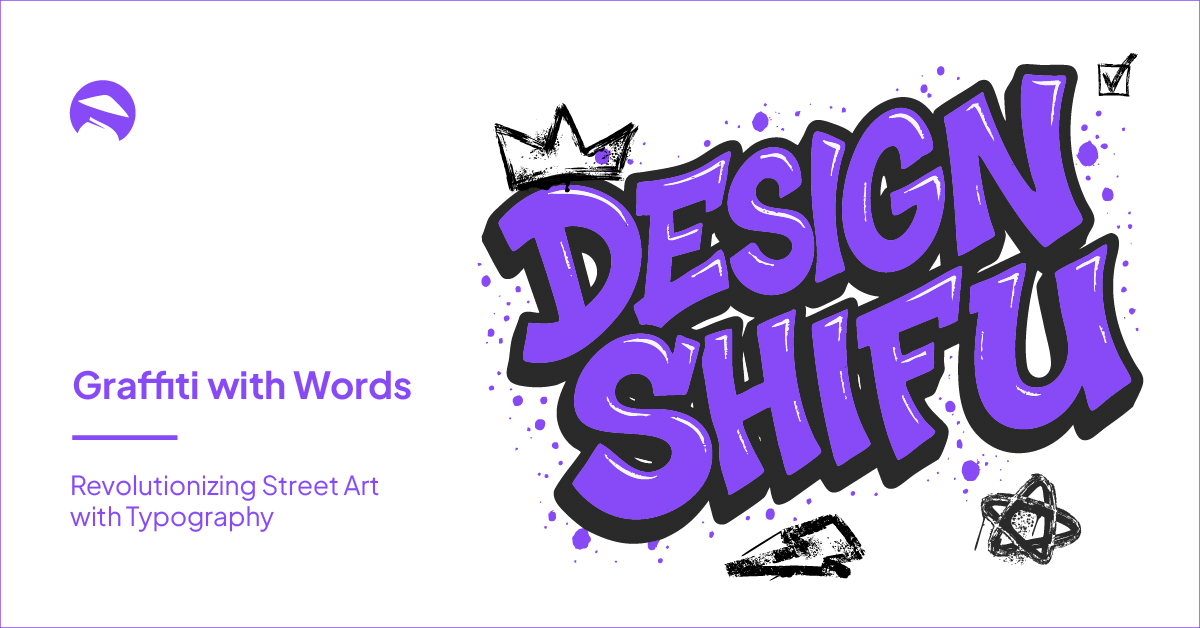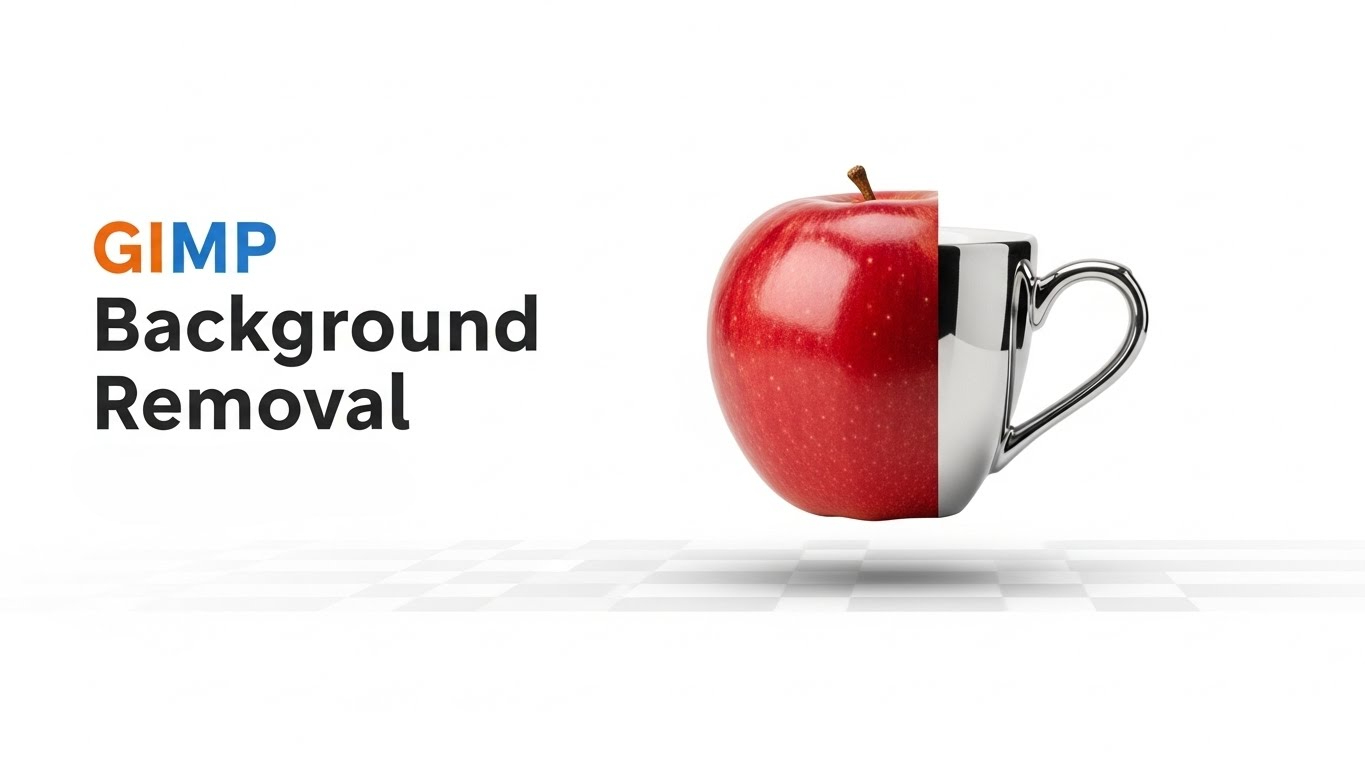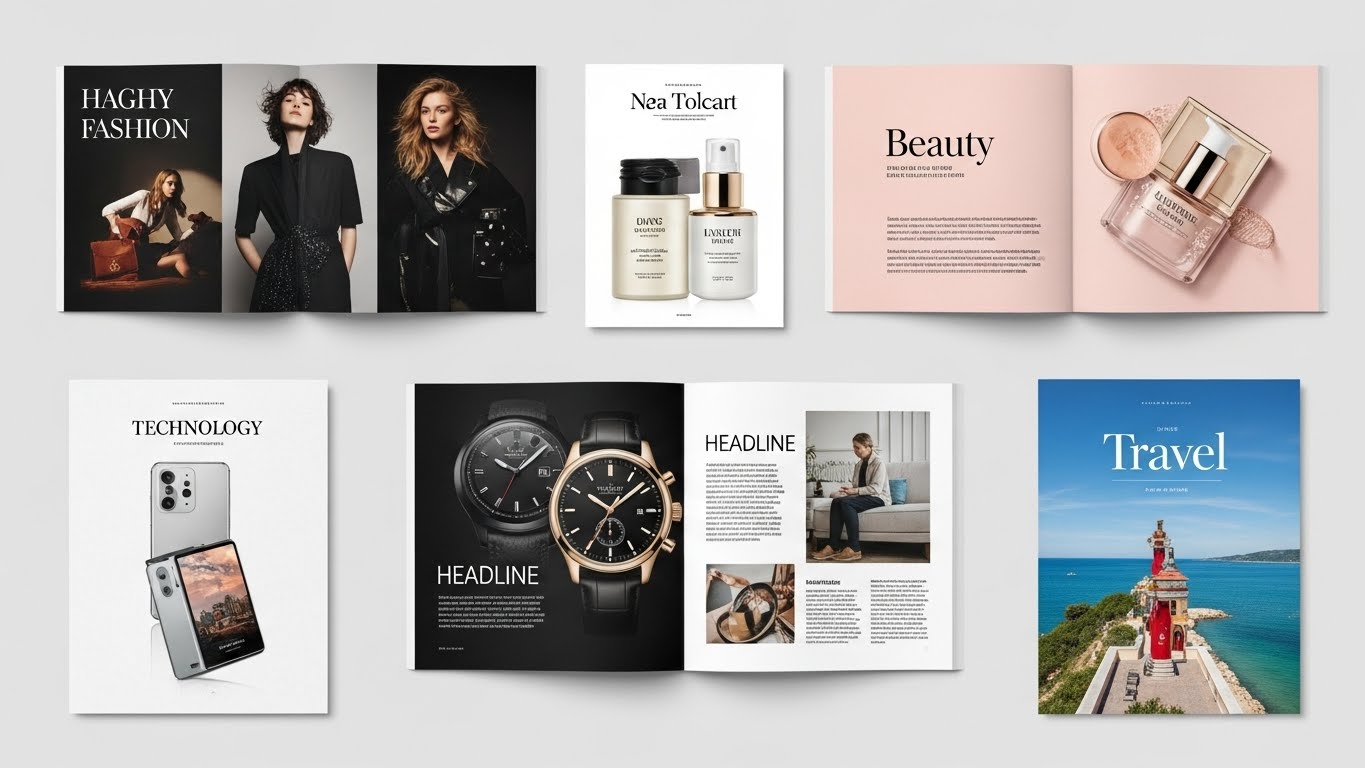You ever walk past a wall and feel like it’s shouting something bold, raw, and unapologetically real? That’s the magic of graffiti with words, graffiti with letters, and even the graffiti of letters, where text, typography, and emotion collide to create visual poetry on concrete canvases. It’s more than paint; it’s language turned into art.
Love it or hate it, graffiti’s influence is everywhere, from bold ad campaigns to streetwear that sells out in seconds. It’s evolved into a powerful medium for anyone with something to say, a visual voice for the streets and beyond. If you want to turn powerful words into bold visuals, Design Shifu’s graphic design solutions can do the trick.
In this blog, we will take a deep look at the world of word graffiti, learning about its meaning, aesthetics, and how it affects city culture and society. Let’s uncover the layers of this expressive artwork.
What is Graffiti with Words?
Essentially, word graffiti is just that: employing words as the primary component of graffiti art. Where other graffiti tends to concentrate on abstract or stylized imagery, word graffiti works with text be it one word, a memorable slogan, a poetic verse, or even an elaborate story.
These phrases tend to be spray-painted onto public walls, buildings, or even street corners, and are thus both visual and mental declarations.
The Power of Words in Graffiti
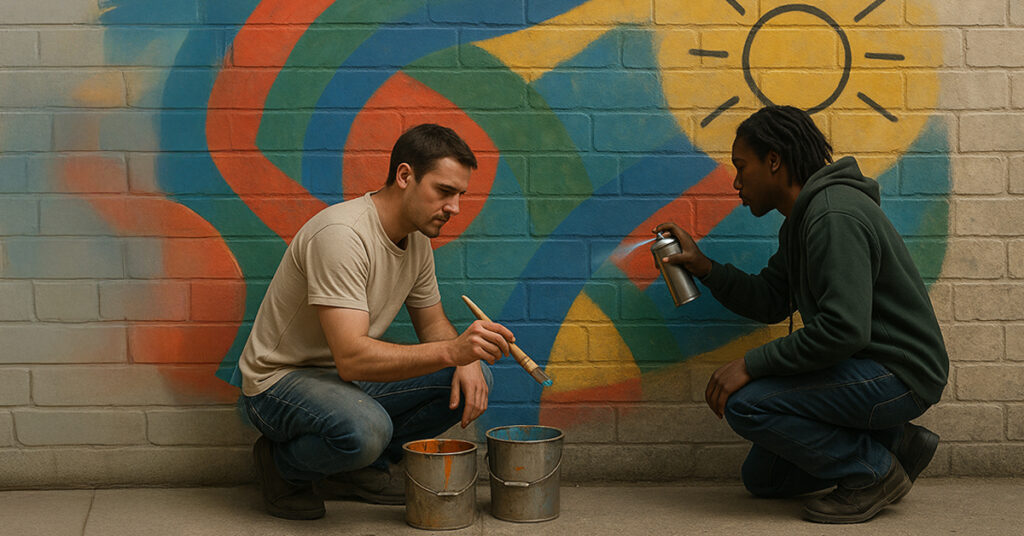
Social Commentary and Political Statements
- Graffiti with words often serves as a medium for social activism. Street artists have been employing words to convey political views, defy the norm, and raise their displeasure over different issues in society for decades.
- Protesting inequality, corruption, or violence, worded graffiti makes people aware of these issues in a manner that feels raw, immediate, and intimate.
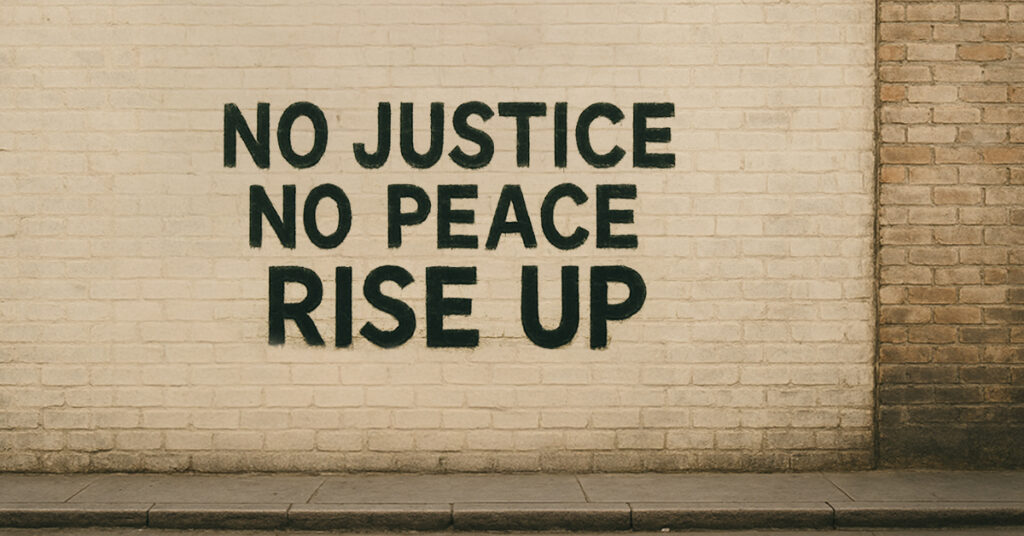
Personal Expression and Identity
- Word graffiti isn’t always about changing society. Occasionally, it’s very personal. Artists use words to say what they think, feel, and even who they are.
- Whether it’s a name, a tag, or an influential phrase, these words assist the artist in establishing themselves in the urban environment, putting their innermost thoughts into the world around them.
Cultural and community representation
- Most artists employ language in graffiti to honor or symbolize their cultural heritage. They include local dialect, slang, or cultural icons in these works and thus make them a means for communities to identify with each other.
- Design Shifu provides culturally relevant branding and imagery for multicultural audiences and international campaigns.
- For example, a New York street artist may employ hip-hop allusions, while a Parisian artist would include French phrases that are meaningful within their community.
Famous Examples of Graffiti with Words
1.Banksy
- British artist Banksy is likely one of the most renowned names in street art who employs words in his work. His artwork tends to be a blend of visual imagery and meaningful slogans.
- For instance, his now-famous “There Is Always Hope” coupled with a photo of a girl releasing a balloon sends a strong emotional and political message.
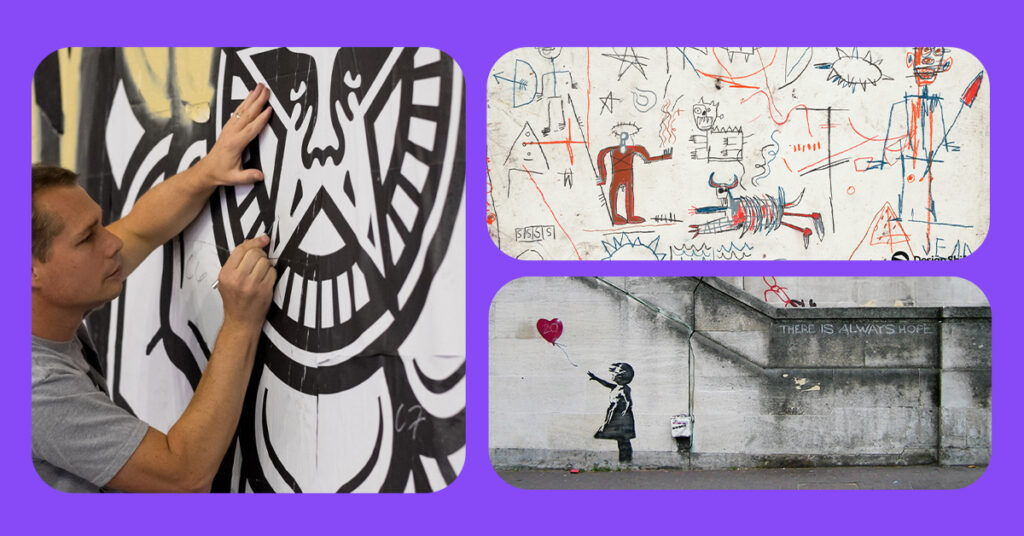
2. Jean-Michel Basquiat
- Basquiat, who started out as a New York graffiti artist, often incorporated text into his work to subvert societal norms. His paintings often featured words and phrases that were mixed together in disorganized but coherent ways.
- These words were all part of his broader attempt to explore race, identity, and social injustice.
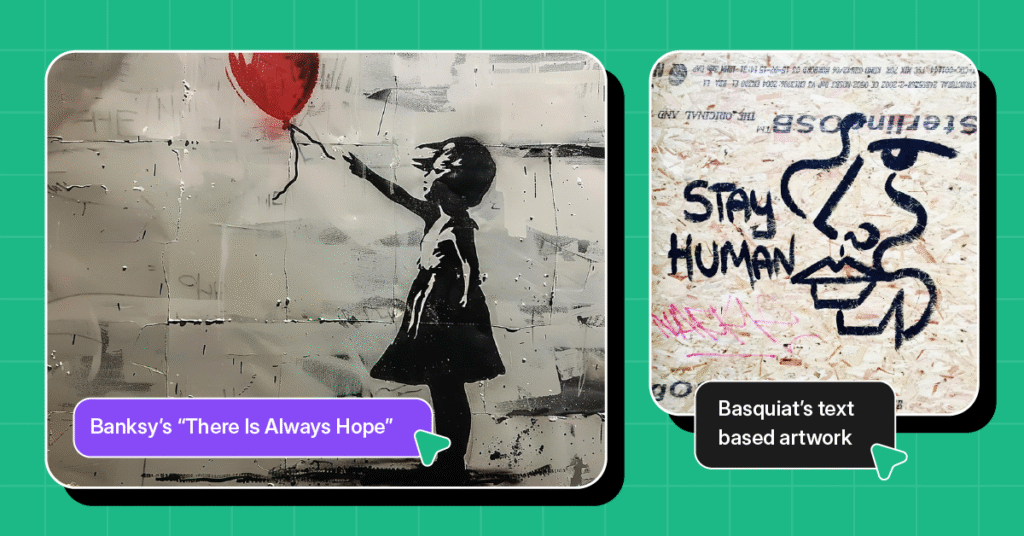
3. Shepard Fairey
- Famous for his “Obey Giant” campaign, Shepard Fairey regularly incorporates text in his art to incite thought and motivate action.
- His work is a blend of visual graphics and powerful, political statements that are visible on streets worldwide, frequently as a reminder of power, rebellion, and resistance.
- Need the same cutthroat advantage for your graphics campaigns? See how Design Shifu creates effective, slogan-driven graphics.
Graffiti of Letters to Words: How Typography Evolved
Before graffiti artists began writing full messages or slogans, they honed their craft through graffiti of letters, experimenting with stylized typography, shapes, and structure. Each letter became a piece of art in itself. Over time, these artistic alphabets evolved into word-based graffiti, allowing artists to convey political, emotional, and cultural stories that went beyond style into substance. This evolution marked the birth of typographic street art as a language of visual activism.
Why Artists Start with Letters Before Words
Before artists craft entire phrases, they often begin by experimenting with single letters, shaping them, stretching them, and playing with color, form, and balance. This focus on individual characters helps them master typographic flow and composition. Over time, these letter studies evolve into full-word expressions that blend visual rhythm with deeper meaning.
Different Styles of Graffiti with Words
Tagging
- One of the most prevalent types of word-based graffiti is tagging, which is little more than a stylized signature or name. The tagger often writes tags quickly for the purposes of territory, signature, and identity.
- Taggers typically place their work in high-visibility public spaces, making tags the most commonly seen form of graffiti.
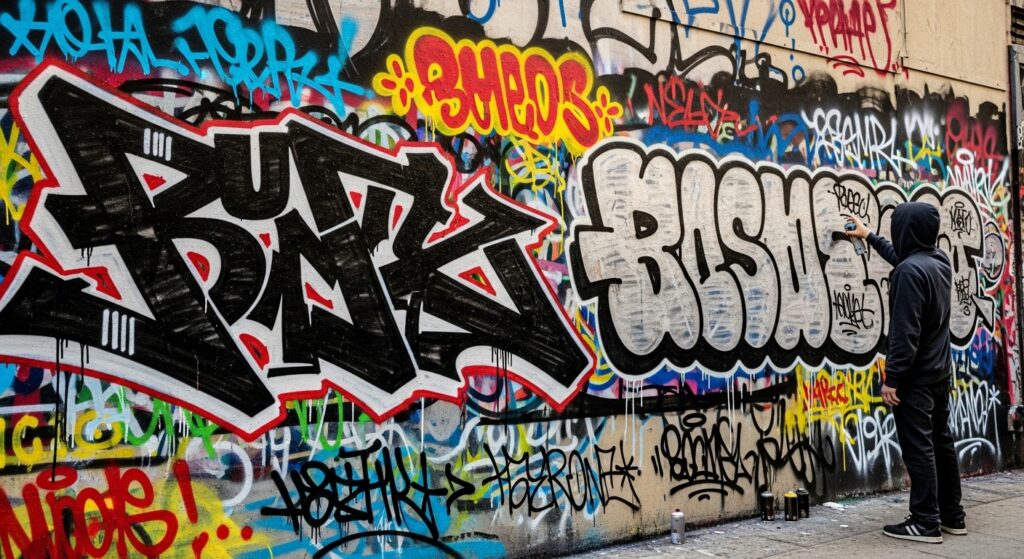
Stencils and Slogans
- Stenciled letters are a common graffiti format. Stenciled letters are more intentional, with each artist taking care to cut out letters and shapes in order to achieve clean, reproducible designs.
- Slogans and phrases are commonly used to leave a particular statement. It’s a great method of communicating a message at a rapid pace and with clearness without the complexity of involved images. Utilize Design Shifu’s rapid-turnaround design service to transform bold slogans into bold graphics in 24 hours.
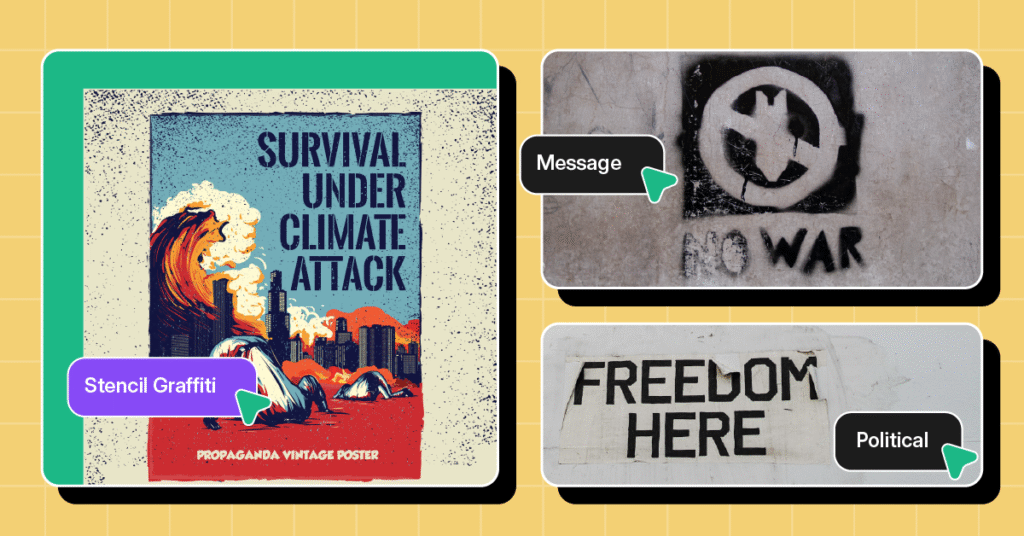
- Some also use words as a means to tell a narrative or recite a poem. This may take the form of lengthy passages of text or brief poetic phrases only.
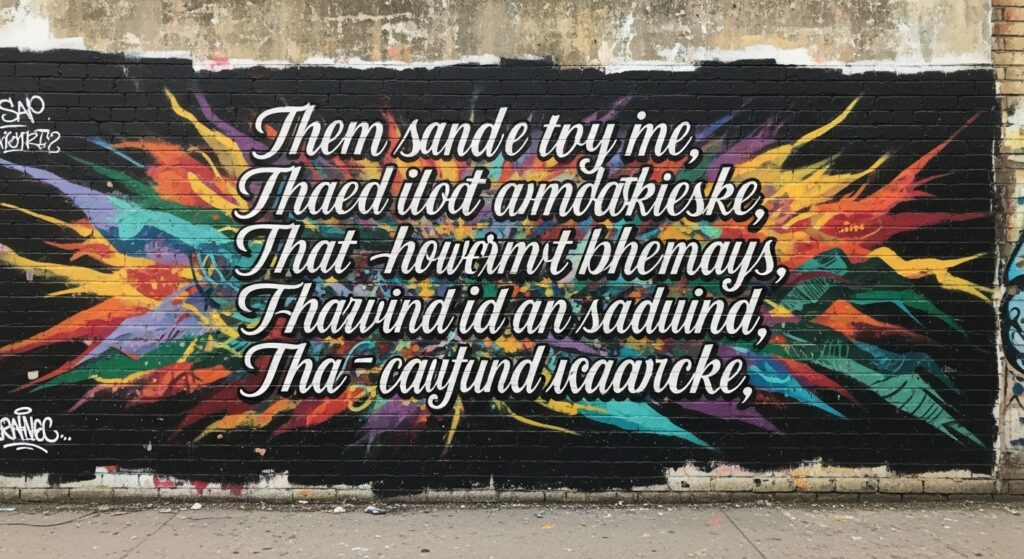
- An artist can harness this strategy to slow down the viewer, to encourage them to ponder the words more intensely, and to facilitate a more personal relationship between the artwork and the viewer.
Political Graffiti
- Political graffiti with words are an effective means used by artists to disseminate messages about revolutions, social movements, and political ideologies.
- Slogans such as “Power to the People” or “Make Art, Not War” are intended to mobilize action, create awareness, and bring about social change.
- The messages proliferated in public spaces, generating discussions around the concerned issue.
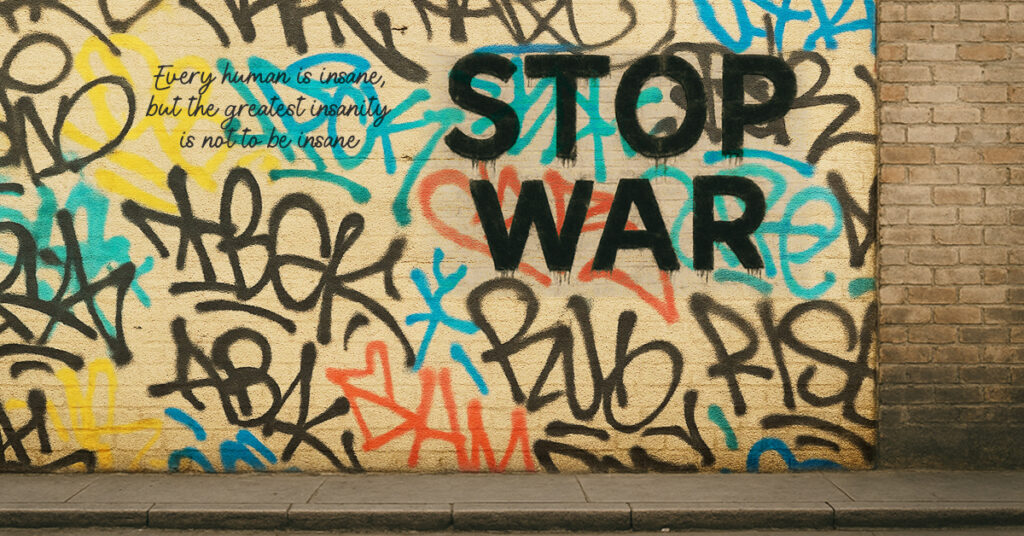
The Impact of Graffiti with Words on Society
Word graffiti has a tremendous effect on the people and the environment where it exists. Although usually perceived as vandalism, it’s sure that this means of city expression is contributing to culture and society. It can:
Raise Awareness
Graffiti words may raise awareness about social, political, and environmental issues. They tend to address straightaway the issues or concerns of a community and create relevant discussions among humans.

Challenge the Norms
Graffiti defines the concept of public art spaces. It brings the art itself into the public space, moving away from museums and galleries. Marginalized groups are expressing more voices and viewpoints as art becomes more accessible.

Create Conversation
Word graffiti makes one pause and reflect. Either a humorous comment or a profound one, words in graffiti tend to provoke discussions. They are a social critique of what is going on in the world, challenging one to think about what really counts.
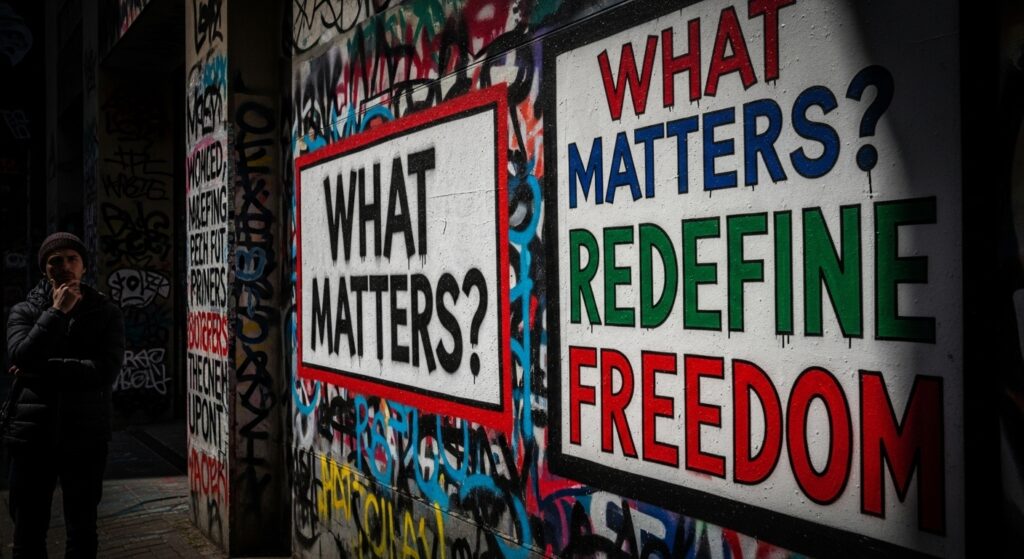
The Future of Typography in Street Art
As technology and creativity collide, the future of graffiti typography looks brighter than ever. Artists are merging digital design tools with traditional spray techniques to push the limits of letterform art. From augmented-reality murals to motion-based type projections, the next era of street art will blur boundaries between words, visuals, and viewer interaction, keeping typography at the heart of graffiti’s evolution
Conclusion
Graffiti with messages is more than a decorative flourish on the face of city walls it’s an art form, social commentary, and personal expression.
Whether deployed for activism, personal statement, or community identity, it enhances the street art world. Turn your message into bold visual art with Design Shifu from digital campaigns to street-style branding.
Next time you happen to pass a work of graffiti with a powerful message, pause a moment to look at the message behind it. Who knows it could very well be the voice of an artist speaking out about their life or a call to action toward a better world.
Frequently Asked Questions
How does typography affect graffiti paintings?
Typography in graffiti serves to create simple text, an expressive and visually engaging form of art. With the use of fonts, size, spacing, and color, artists are able to produce artwork that conveys meaning, mood, and style, providing an added layer of visual experience.
Why is graffiti with words significant in contemporary street art?
Word graffiti brings street art to life by employing language to portray impactful messages, whether political, cultural, or personal. It provides artists with a means of reaching more people and encourages the viewer to interact with the artwork on an intellectual plane, provoking conversation and contemplation.
How do I include typography in my own graffiti art?
To bring typography into your graffiti art, begin by trying out various fonts and lettering styles. Think about the placement of the words in your design, their size, and whether or not they are aligned. Experiment with merging traditional spray painting methods with computer software to create innovative, attention-grabbing typography.
Can graffiti with words be used for branding or marketing?
Yes! Word graffiti is a potent branding and marketing tool. It cuts through the noise with its bold, expressive typography and street art looks. Brands can use this art to design distinctive campaigns that will speak to younger, more urban consumers or express rebellion and creativity.
Can graffiti with words be used to spread social or political messages?
Indeed! Word graffiti has been a means of social and political commentary for years. Numerous street artists employ type to draw attention to matters such as inequality, political turmoil, or environmental issues. Its visibility makes it a great means for disseminating critical messages to many people.
What is graffiti of letters?
Essentially, graffiti of letters is a form of street art that focuses on the artistic design of individual letters, unlike words or phrases. Artists experiment with shapes, curves, and styles to turn each letter into a standalone piece of visual art. Artists push typography to its expressive limits, making every letter tell its own story.

